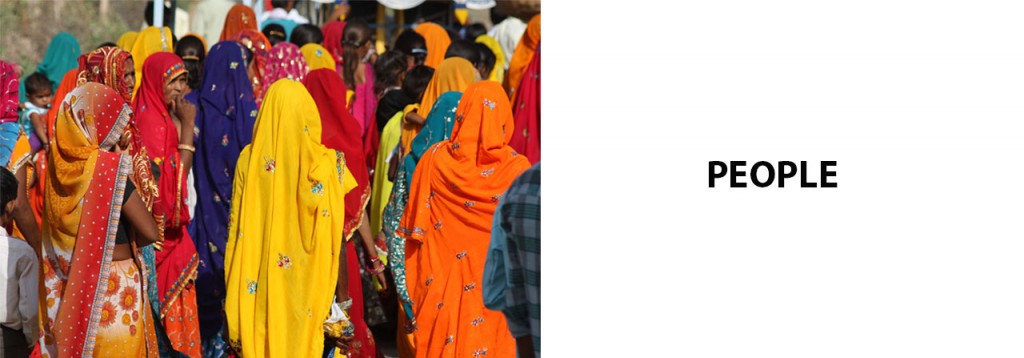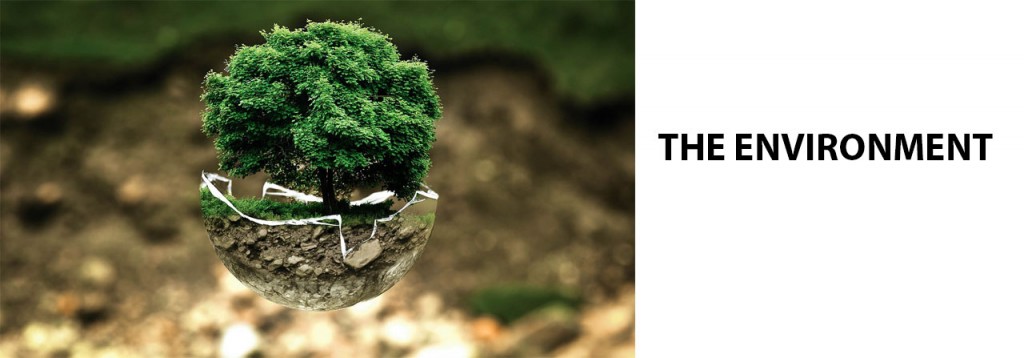If it seems too good to be true … maybe it is?
Reducing what we buy is not just about decluttering, there are serious environmental and ethical reasons why we should address our shopping habits. On 24 April 2013 the Rana Plaza building in Bangladesh collapsed; 1,134 died and 2,500 were injured from 5 garment factories making clothes for the Western market.
 From this disaster professionals from the fashion industry formed the organisation Fashion Revolution, calling for big change and for us all to care more.
From this disaster professionals from the fashion industry formed the organisation Fashion Revolution, calling for big change and for us all to care more.
Here’s just a few shocking facts from their website www.fashionrevolution.org …… I’m asking myself,
IS THIS THE REAL COST OF OUR CLOTHES?
- In Bangladesh garment workers earn £44 a month, 1/4 of the living wage. A minimum wage is only 60% of the cost of living in a slum.
- In Guangdong in China 60% of young women work with no contract and 90% have no social insurance, working 150 hours of overtime per month.
- In a survey of 91 brands only 12% (that’s only 10!) demonstrated any action towards paying wages to garment workers above the legal minimum.
- It takes 2,720 litres of water to make ONE t-shirt …..that’s how much we drink in 3 years!
- Cotton farming uses 22.5% of the world’s insecticides and 10% of it’s pesticides, some of which are know to be toxic, leaking into rivers and polluting ground water … over half of China’s rivers are polluted.
- Around 350,000 tons of used clothes go to landfill every year in the UK, where they slowly decompose releasing methane, a harmful greenhouse gas. Only 20% of textiles produced worldwide are recycled each year.
We all hear of injustices reported in the media but is this the downside of globalisation, have we become so used to political scaremongering that we don’t properly absorb this information? If we could see it happening on our doorsteps would we feel more moved to act against it perhaps?
 Last November, Hugh Fearnley-Whittingstall in his War on Waste TV programme stood at the top of a huge pile of 7 tons of clothes, 10 thousand garments and asked people how long they thought it took Britain to throw away that amount of clothes … some answers were way off and nobody was close to the real truth which is 10 minutes!
Last November, Hugh Fearnley-Whittingstall in his War on Waste TV programme stood at the top of a huge pile of 7 tons of clothes, 10 thousand garments and asked people how long they thought it took Britain to throw away that amount of clothes … some answers were way off and nobody was close to the real truth which is 10 minutes!
I’ve had a feeling rumbling in my head for years now that something is just not right when bargains look too good to be true. Fashion Revolution and Hugh’s pile of clothes really moved me to try and find out the real truth, do something about how I shop and question where I see my place in the fashion industry. I don’t want to make sweeping statements or hasty judgements about fashion brands but I want to find an affordable way to clothe and feed my family with a clear conscience. And I want to work somewhere where people are more important than profits.
Fashion Revolution calls for brands to be more transparent in their campaign asking,
It’s a simple question and one which previous generations would probably have been able to answer quite easily. We wear clothes every day and yet do we think about where they were made and by who? How transparent are brands in showing us this information, I don’t yet know? Either way, I’m going to find out. I’ve joined the Fashion Revolution, you can too …. check out their website for lots of tips from how to understand clothes labels to getting involved and finding out more.




